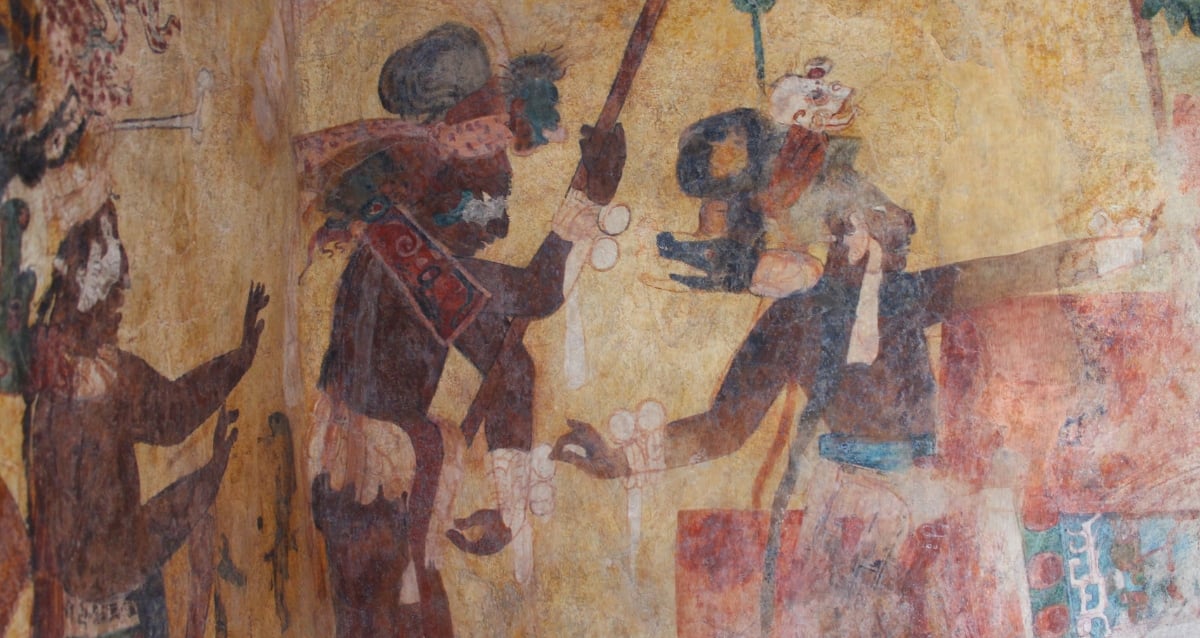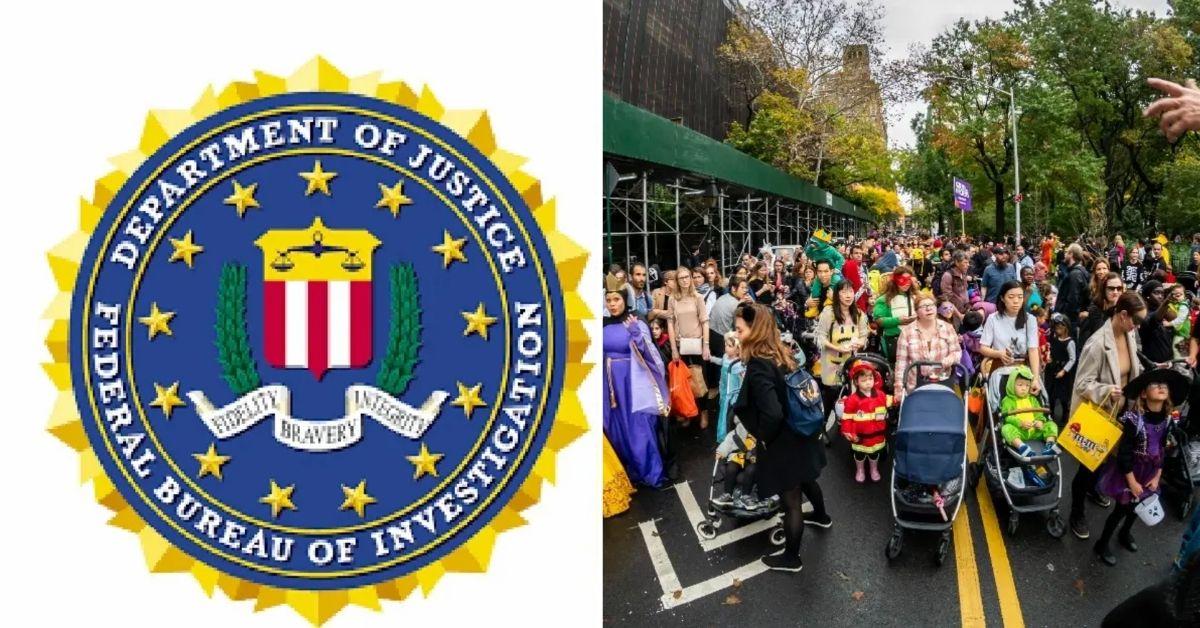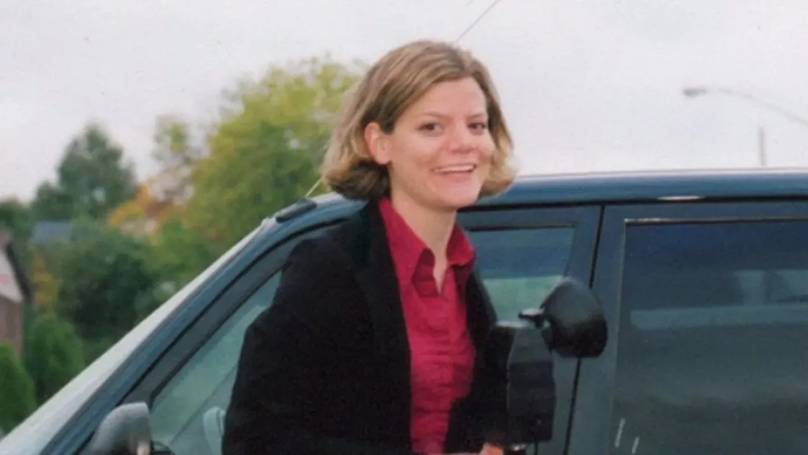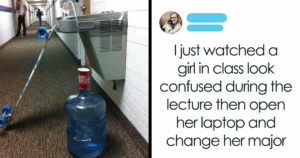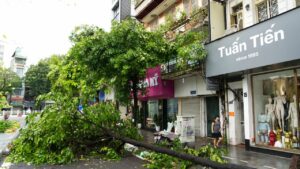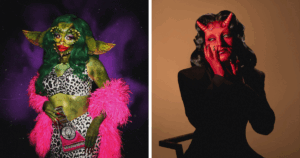Unveiled Secrets: The Maya Civilization’s True Population Was Far Beyond What We Ever Imagined — 16 Million Strong!
Ever wonder how big the Maya civilization really was? Turns out, we were all seriously underestimating these ancient urban planners—kind of like thinking a tiny coffee shop is just a hole-in-the-wall until you realize it’s actually a bustling metropolis disguised as espresso heaven. Thanks to some fancy LiDAR scans (that’s like a high-tech laser peek beneath the jungle canopy), researchers have uncovered that when the Maya were at their peak from 600 to 900 C.E., their population might have soared to between 9.6 and 16.5 million people. Yup, that’s a whopping 45 percent jump over what we thought just a few years ago. And as if that’s not enough, these urban centers weren’t just sprawling—they were highly organized, with resource management and social systems that’d make modern cities blush. Makes you wonder—how did they manage to keep such a big crowd fed, organized, and entertained without a single Starbucks or Google? Dive into the jungle of facts and figures and prepare to have your old assumptions about the Maya civilization completely reshuffled. LEARN MORE.
Researchers used LiDAR scans of Maya urban centers to conclude that, when the population was at its peak circa 600-900 C.E., this civilization was much larger than experts once thought.

Wikimedia CommonsNew estimates place the Maya population between 9.6 and 16.5 million during its peak years from roughly 600 to 900 C.E.
Because so much remains to be discovered about the Maya civilization, it has long been difficult for researchers to accurately estimate its population.
In 2018, experts suggested that the population of the Maya may have been around 11 million. However, a new study from Tulane University archaeologists, published in the Journal of Archaeological Science: Reports, claims that the Maya population could have been closer to 16 million, representing a roughly 45 percent increase over previous estimates.
New evidence furthermore suggested that Maya cities were more sophisticated than previously believed, featuring densely occupied urban centers with advanced resource management and social organization.
How Big Was The Maya Civilization? LiDAR Provides New Population Estimates

Wikimedia CommonsA pyramid at the ancient Maya city of Calakmul.
Using LiDAR (light detection and ranging) technology, researchers from Tulane University carried out a comprehensive analysis of ruins across the Central Maya Lowlands — spanning parts of Guatemala, southern Mexico, and western Belize — to reassess population estimates of the Late Classic period (600 to 900 C.E.). The team also aggregated reprocessed datasets from multiple sources, including NASA’s Goddard G-LiHT, and new archaeological surveys in Campeche and Quintana Roo.
This revealed a consistent, highly structured settlement pattern. Almost every structure was located within roughly three miles of a plaza complex, suggesting organized and sprawling urban centers built around these hubs of civic and ceremonial life. Previous assumptions suggested the Classic-era Maya operated in fragmented city-states and scattered hamlets, but it now seems that was not the case.

Estrado-Belli, et al.Map showing the former locations of many of the major Maya cities.
“We’re confident these LiDAR-based findings give us the clearest picture yet of ancient Maya settlement patterns,” study lead author Francisco Estrada-Belli said in a statement from Tulane University. “We now have hard evidence that Maya society was highly structured across both cities and rural areas and far more advanced in resource and social organization than previously understood.”
The new data paints the Classic Maya Lowlands as densely populated and socially organized, thanks to highly-developed urban planning, agriculture, and civic infrastructure.
Ultimately, this new analysis allowed researchers to estimate that the total Maya population during the Late Classic period was somewhere between 9.5 million and 16.5 million.
“The ancient Maya never fail to amaze men,” said Estrada-Belli. “We expected a modest increase in population estimates from our 2018 LiDAR analysis, but seeing a 45 percent jump was truly surprising. This new data confirms just how densely populated and socially organized the Maya Lowlands were at their peak.”
These findings also raise new questions about the collapse of the Maya civilization between 800 and 1000 C.E. — specifically, whether such a large, integrated population may have been more vulnerable to environmental stress or political instability.
Why The Maya Population Decreased Sharply During The Late Classic Period
Another study published in Current Biology in June 2025 also offered new insights into what may have brought about the end of the Maya civilization.
Researchers sequenced genomes from seven individuals buried near the ancient Maya city of Copán (in present-day Honduras), dating to the Classic period (250 to 900 C.E.). Analysis showed a sharp population decline around 750 C.E., aligning with archaeological indicators of political collapse and environmental stress at this time. However, results also showed a persistent genetic continuity thereafter — meaning that some modern populations are directly descended from those ancient individuals.
